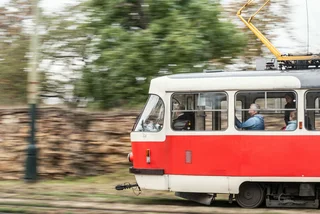Prague has a history going back over 1,000 years, and in that time dozens if not hundreds of ghost stories have accrued, especially in the historical center. There are headless horsemen, murdered wives, evil nuns, angry priests, lost soldiers, and a virtual menagerie of animals.
A few stories stand head and shoulders above the rest, well, shoulders anyway as one of the ghosts has no head.
In time for Halloween, we present some of the best of the local legends. If you want to see more spooky sites in Prague, a free map can be found here.
1. The proud countess of Černín Palace
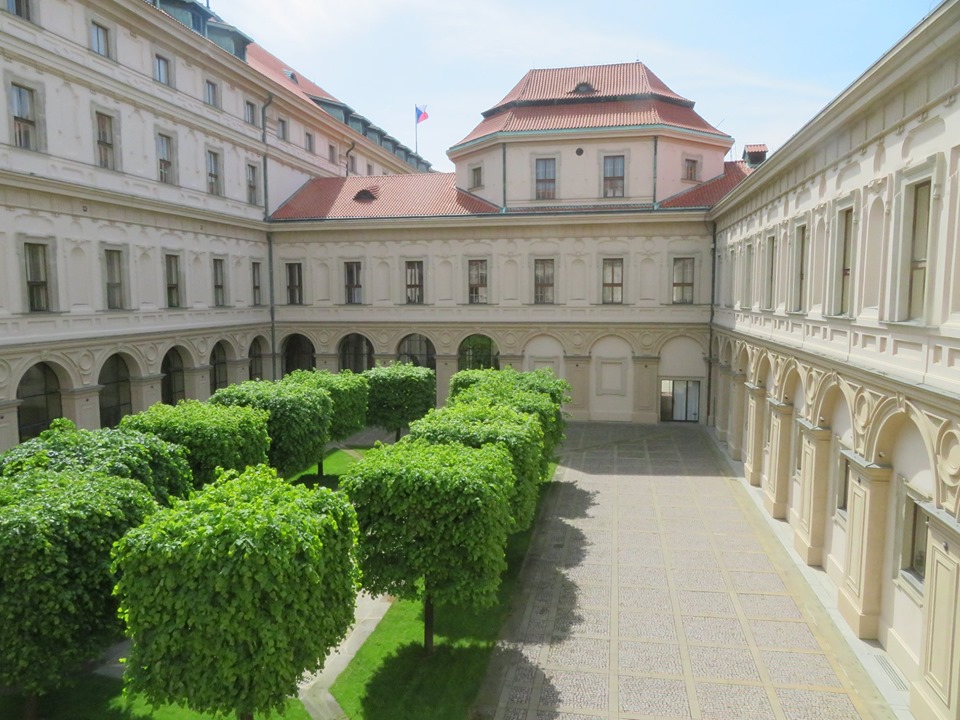
Nobles are known to be a bit out of touch with the lower classes, with Marie Antoinette famously saying “Let them eat cake.” Prague has a similar tale.
There was a famine across the land, with many people starving and rioting in the streets for food. The Černín family threw a lavish ball, all the same. Countess Černínová entered the ball room wearing dancing slippers made of bread.
Even the devils were offended by the tone deaf gesture. A gaggle of demons rose up from the floor and spun the Countess around until she burst into flame from the friction. Then they dragged her down to the depths of hell. She now returns every midnight to wander the halls, looking for a dance partner.
But Černín Palace has long been the Czechoslovak, and now Czech, Ministry of Foreign Affairs. Nobody is ever in the ball room at midnight, as the clerks all go home by 5 pm.
2. The Iron Knight at City Hall
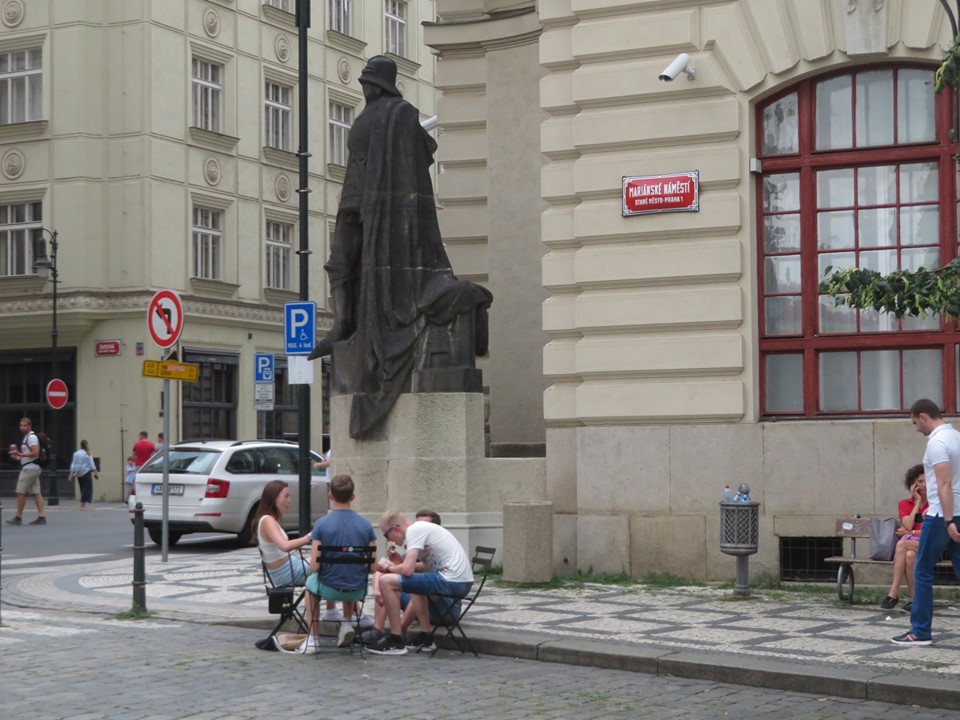
People wakling past the City Hall building on Mariánské náměstí may have noticed a statue that looks like Darth Vader. He is the Iron Knight, a man who had a wicked temper.
Jáchym Berka served King John of Luxembourg and was known as the Iron Knight because of his black armor.
When he returned
from a battle, he heard rumors that his fiancee had been unfaithful.
There rumors were untrue, and planted by his rivals. The knight flew
into a rage and killed his innocent fiance, the daughter of a
blacksmith whose shop was across the street from what is now City
Hall.
The dying woman
cursed the knight, and he turned into stone. He can be freed just
once every 100 years if a young woman gives him a kiss. But nobody
knows what that date is.
The original statue is now in the possession of the Municipal Museum. The one at City Hall is a fanciful copy made by Ladislav Šaloun. Most people miss that the murdered fiancee is off the side of the Iron Knight’s feet.
3. The White Lady of Kinský Palace
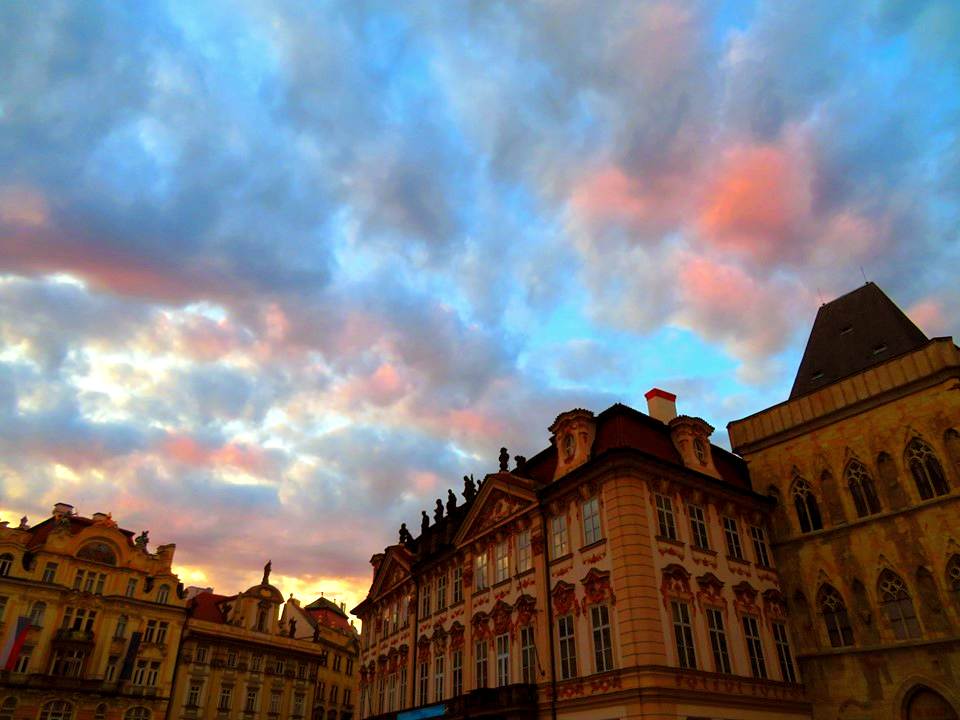
A large and ornate building for its time, Kinský Palace juts out into the Old Town Square, quite out of line with nearby buildings.
Count Jan Arnošt
Golz bribed three city officials to get a permit to build into the
public space of the square. When City Hall officials realized the
palace was going to be so large, they summoned the count. He showed
his signed and sealed permit.
The clerks eventually confessed to accepting bribes and were sentenced to be executed.
One clerk’s teenage daughter went from office to office, hoping to get a stay of execution. She heard a commissioner inspecting the building site might be able to help. But she was running so fast, she tripped and fell into the unfinished basement. Workers hid her body in the foundation and hushed it up, as there was already enough trouble.
Once she was buried, all the construction problems and delays stopped, and the builders recalled the ancient tradition of putting a stray dog or cat in the foundation of a castle or bridge to appease the devil.
The young woman haunts the palace to this day, appearing all in white with pale skin, and asking anyone who will listen if they can help her father. She can get quite insistent, so it is best to avoid her.
4. The Headless Templar Ghost of Liliová Street
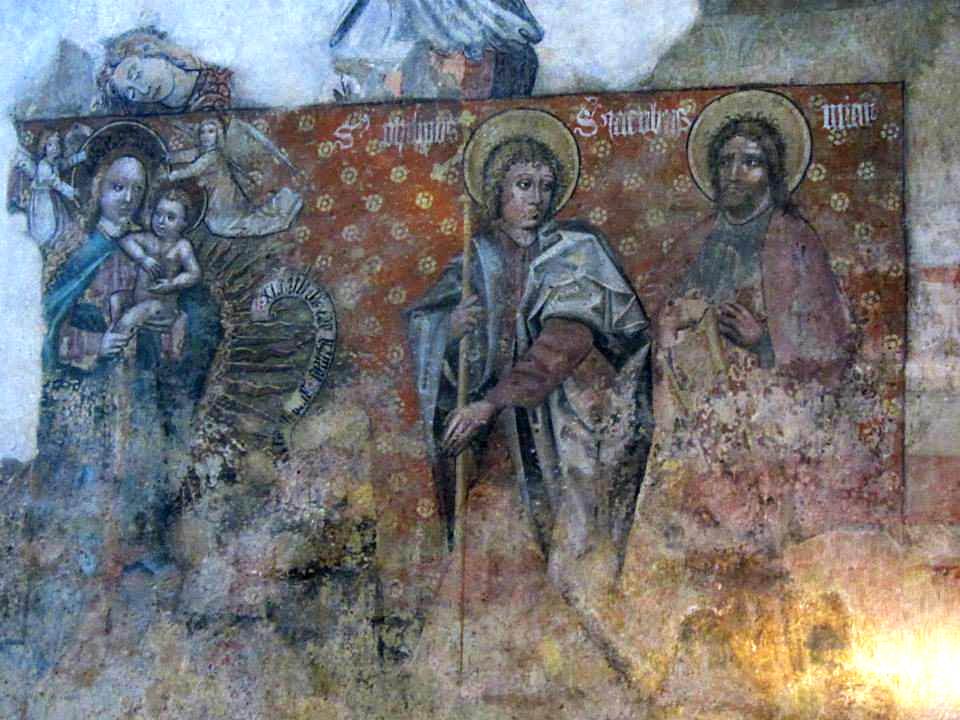
The former Church of St. Anne on Liliová Street in Old Town is now called Prague Crossroads, and used by the NGO Vize 97, founded by Václav Havel.
But centuries ago it belong to the Knights Templar, before the order was abolished in the 14th century. One Templar stayed behind. He had been beheaded, for reasons long forgotten. The rider, with his head under his arm, and his flaming, smoke-breathing horse were a common site on Friday at midnight, riding up and down Liliová Street until 1 am, when he vanished.
He was talkative,
telling people he could be freed if someone would take his flaming
sword and stab his flaming horse. But nobody was brave enough to take
the challenge put forth by the talking head.
The church, used by other Catholic groups after the Templars left, was deconsecrated in the 18th century as part of the religious reforms of Emperor Joseph II, and turned into a book warehouse. Haunting a church and haunting a warehouse are two different things, and the ghost soon gave up as he lost his self respect. But now that the building is being used again for meetings and seminars, there is some hope he might come back.
5. The Begging Skeleton of the Karolinum
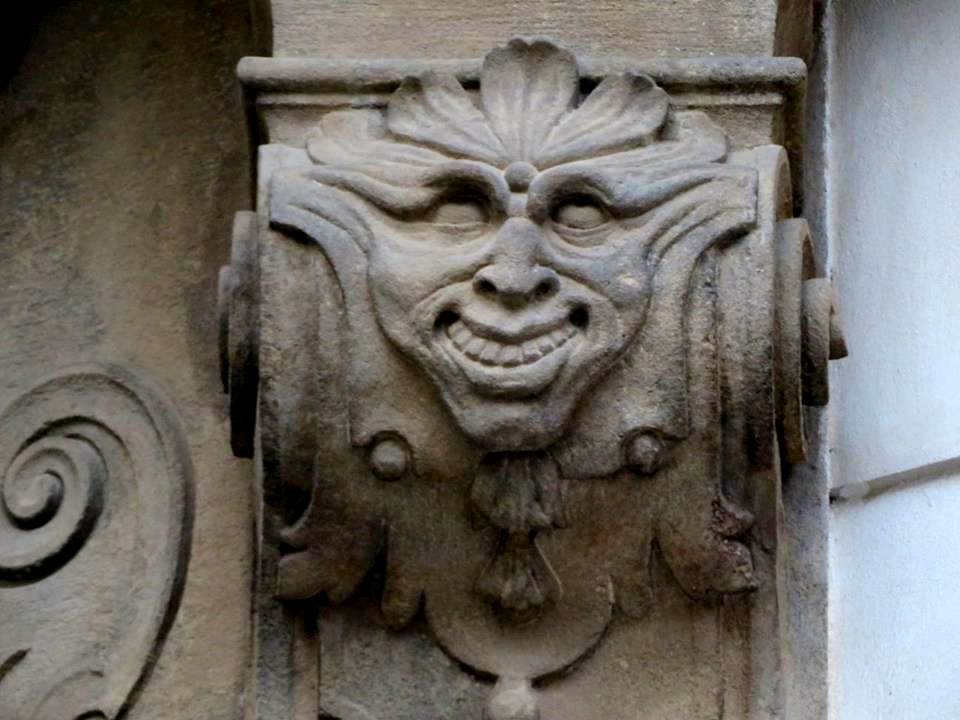
A two-meter tall man named Vincenc was the servant to Dr. Spurný, an anatomy professor at Charles University. The doctor wanted to add his servant’s skeleton to the university collection, so he offer to buy the servant’s skeleton in advance.
Vincenc took the offer, thinking he would outlive the professor and the deal would be forgotten. He took the advance payment of gold coins, and went to a pub on a rather shady street. Cutpurses noticed him spending gold rather freely and followed him out of the pub, quickly killing him and taking what money he had left.
Dr. Spurný was
annoyed at his senseless former servant for wasting such a good
opportunity to use the money for a better life. Instead of making the
skeleton the highlight of the university collection, the doctor
turned it into a macabre coat rack, with a top hat and walking stick.
Visitors could drape their coats over his bony shoulders and their
scarves across his free arm.
From midnight to 1
am the skeleton can be seen wandering Uhelný trh in front of the
entrance to the Karolinum, the historical building of Charles
University, with his top hat and walking stick. He begs for coins so
he can buy his skeleton back from the university and finally rest in
peace. But the coins always fall through his bony hands.












 Reading time: 5 minutes
Reading time: 5 minutes 


















